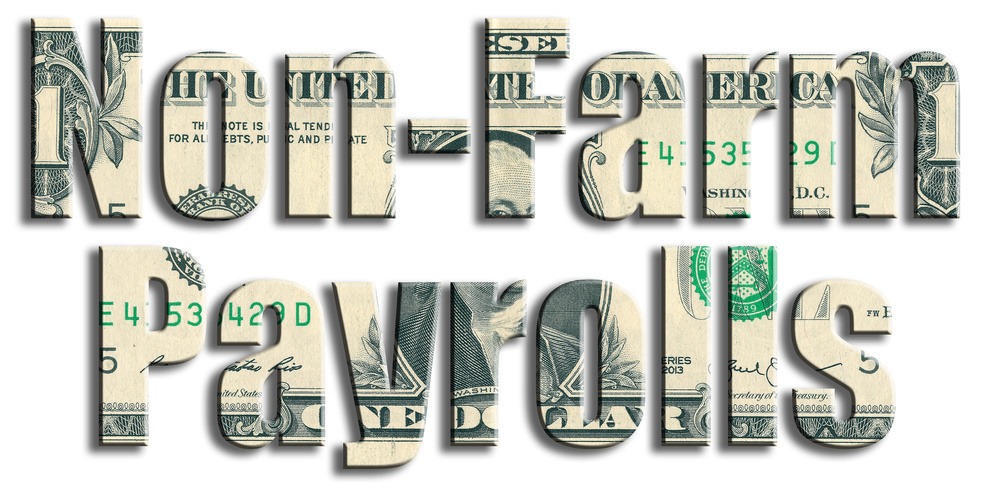Shocker – but a positive one – America is getting back to work, or at least receiving support while staying at home and remaining officially on the payroll.
The Non-Farm Payrolls report for May was initially hard to believe – all those surveyed by Bloomberg and Reuters had foreseen a loss of positions in May and the US gained 2.509 million jobs. The unemployment rate fell to 13.3%, defying expectations for a leap toward 20% – despite a bounce in the unemployment rate.
The fall in wages suggests that many low-earners returned to work. Some of those classified as working are at home, yet receiving support from the government via the Paycheck program. The Bureau Labor of Statistics notes discrepancies, but that cannot explain everything.
Stocks are rising in response to the good news, but the dollar is rising – that is a breakdown of correlation and has the following expectation.
Lower chances of Fed action
The surprisingly strong jobs report comes ahead of the Federal Reserve’s decision next week. The Fed strives to achieve full employment and this labor report is going in the right direction. Therefore, it removes the need for the Fed to act.
Without further money printing, the dollar may gain ground.
Moreover, it also decreases the odds for further government stimulus. Democrats wanted an additional $3 trillion and Republicans seemed to settle for $1 trillion. That may be scrapped. President Donald Trump has announced he will talk about the labor figures shortly, potentially taking a victory lap.
Without further funds, the dollar may rise – and it was long overdue for a correction. The greenback has suffered a losing streak against all currencies for long weeks, and not received the trigger to rise.
Get the 5 most predictable currency pairs
NFP: Shocker surge in jobs may trigger a much needed dollar bounce, regardless of stocks
